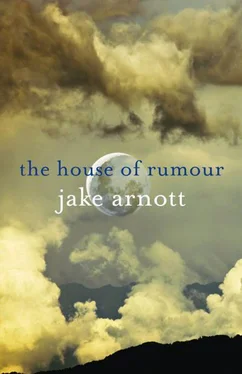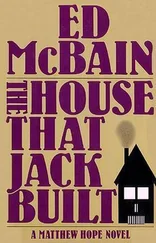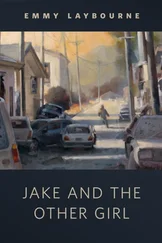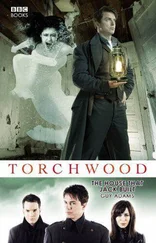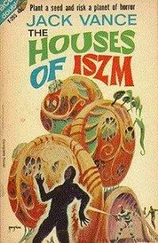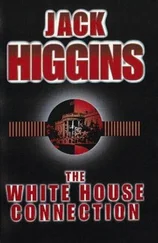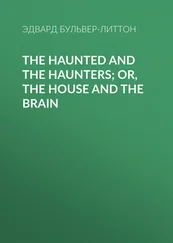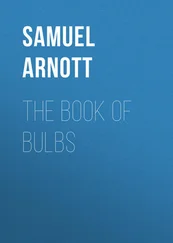By the late 1980s there seemed a world of possibilities for Lydia and me. I had started studying sculpture at the Juan Pablo Duarte Elementary College of Art. Lydia was taking her degree in physics at Havana University and had been accepted by the School of Military Aviation at San Julián. The Mir space station became operational, the first consistently inhabited, long-term research base in orbit, offering even wider opportunities for the participation of guest cosmonauts from countries friendly to the Soviet Union. But everything was about to change.
The crisis in Russia and the collapse of the Eastern Bloc at the end of the decade was greeted first with indignation, then with bafflement by most of us in Cuba. Nemo Carvajal was at first enthusiastic, declaring that Stalinism was being overturned and a true revolution was taking place. He got particularly excited when, in an apparently overzealous moment of glasnost , the Soviet news agency TASS authorised a report of an alien spacecraft landing in the town of Voronezh in October 1989. However, his great Posadist expectations were never substantiated. Then the Soviet Union cancelled its economic obligations to Cuba, the Maximum Leader announced the Special Period in a Time of Peace, the shortages and power cuts began, and before long Nemo Carvajal became as gloomy as the rest of us.
It was hardest for Lydia; just at the moment that she was due to take her first pilot exams, all flight training was suspended owing to fuel scarcity. But my world of symbols, of shadows and representation, was strangely enriched by our new circumstances. Perhaps there was a desire to find hidden meanings in an age of uncertainty, a desire for some kind of divination. Maybe the sense of artistic freedom was merely a mirage allowed by the authorities in a time of drought. There was certainly a surge of interest in Cuban art from the outside world during this period but we did not know the reason for this curiosity. More than anyone, I was utterly unconscious of what can now be seen as trends or greater influences, but that is what made my work possible.
I had my first major show in the winter of 1991, as part of the Fourth Havana Biennial: a series of sculptures, assemblages made from found objects glued or welded together to form model spacecraft, prototypes of a deranged imagination, effigies of a lost futurism. They were constructed in a bricolage of Soviet memorabilia, revolutionary propaganda, Catholic iconography and Santería fetishes. A tail fin of a 1950s Chevrolet jutted out from one like the sleek wing of a jet fighter. It is entirely possible that the phrase ‘post-utopian’ was first used to describe this exhibition, a term that later came to describe a whole movement of Cuban art, but I had then no awareness of such a concept. I merely carved out these clumsily graven images from the transcendent hope of Lydia Flores and the mad dreams of Nemo Carvajal.
The exhibitions of the Biennial were taken down just as the great edifice of the USSR was finally being dismantled. For Lydia, bemused by the meagre scale of my vision, a more pertinent symbol was the fate of Sergei Krikalev, the remaining member of the last Soviet mission to Mir, marooned in orbit as the last citizen of the communist motherland. He would re-enter the atmosphere to a newly fractured earth, to a federation of independent states. He was the first interplanetary traveller, insisted Nemo Carvajal; he has voyaged through space from one absurd world to another.
Yet as so many fortunes seemed in decline, mine was in the ascendant. I had my first success. The renowned Catalan art dealer Gonçal Figueras bought my entire show and invited me to exhibit it in Barcelona the following spring. And so it was I, not Lydia, who ended up taking their first flight. I arrived in Barcelona to find the city in a great burst of renewal; so much was being built and renovated for the Olympics they were hosting that summer. Perhaps it is a city under constant construction, the great unfinished Cathedral of the Sacred Family its symbol, with ballistic spires poking up through scaffolding like stone rockets pointing at heaven.
On Nemo Carvajal’s instructions I visited the replica of Narcís Monturiol’s nineteenth-century submarine on display in Barcelona harbour. He was the first post-utopian, Nemo assured me. Having given up on experiments in communal living, Monturiol had turned to technological dreams and built strange prototypes for underwater travel. The model looked like some artefact of early science fiction. Nemo Carvajal said that Monturiol had inspired a motto that he and an American writer had once used: ‘If you can’t change the world, build a spaceship.’
I loved walking around the city. I felt sophisticated, cosmopolitan. But for all its triumphs of architecture, nothing in Barcelona inspired me as much as what I found in the concourse of the Estació de França.
Within the vaulted vestibule of that railway terminus, enshrined in a perspex box, a delicately crafted model of the station was on display like a holy relic. This, in itself, would have delighted me, but imagine my strange joy when I spied a model of the model encased within it. Here was a demonstration of infinite recursion as foretold by Borges, himself the consummate miniaturist. Thousands of miles from home, feeling lost and weightless, I suddenly found a sense of gravity and depth that offered refuge. A moment of calm in a turbulent world, the eye of the storm, the dot in the yin-yang sign. I knew now why I found such solace in models: though our experience of time and space is terrifyingly finite, that which we inhabit can yet be divided and subdivided continually into eternity. Whatever strange meanings might be rendered to others, my work could hold this simple purpose. It could be a place I could control.
My show in Barcelona was heralded a success and seen as an important international debut. Gonçal Figueras told me that if I wanted to stay he could sponsor my application for residence in Spain. Some even suggested that I seek political asylum, though as I had no convictions of that sort, this suggestion seemed ridiculous to me. Besides, I was keen to get back to Havana. I missed my family. I missed Lydia and Nemo Carvajal. But my time away ill prepared me for how hard things had become at home.
Living on short rations, everyone had learnt to hustle in some way. Even artists. I was approached by fellow practitioners to lobby the Cultural Property Fund, the centralised body that controlled the international sales of our work. They sold us for dollars and paid us in pesos (now virtually worthless) and some people hoped to get a better cut of the hard currency. The blackouts over Havana rendered the firmament above ripe with starlight and one could even make out the odd blink of a satellite passing overhead, which gave no comfort to Lydia Flores. Even Nemo Carvajal seemed to have given up hope in watching the skies. Perhaps they will never come, he murmured darkly, perhaps we are all alone in the galaxy.
I cultivated an air of indifference to the changing circumstances by withdrawing into my work but I feared for Lydia. Now that she had been betrayed by the optimism of the past, I felt that all her hopes and expectations were turning to bitterness. She had given up her studies and had left or been expelled from the Air Force Academy. I assumed that she would be greatly disappointed when, in April 1993, Ellen Ochoa became the first Hispanic woman in space on the NASA space shuttle Discovery. But my unworldly obliviousness made me inattentive to other changes that were happening in her life.
She had left home and was living with another girl in a run-down apartment overlooking Beach 16 in Miramar. Her hair had grown and a hydra of light-brown ringlets sprouted from her crown. Lydia was no longer the surly tomboy I once knew. Now she was a provocatively attractive young woman who wore expensive American street-wear. Make-up, even. The flat she shared was used for illegal parties and I dreaded that she, like so many others in those desperate times, had turned to prostitution. But when I reluctantly went along one night I found that, though almost all the guests were men, they were really interested only in each other. I saw as well, for the first time, open displays of close affection between Lydia and her flatmate Eva. The revelation that she was homosexual came like a distant memory: I must have suspected it somehow. But I felt a jealousy that was almost metaphysical: unconfined by any person or persons but rather directed at destiny. I hadn’t realised until then just how much in love with her I really was.
Читать дальше
